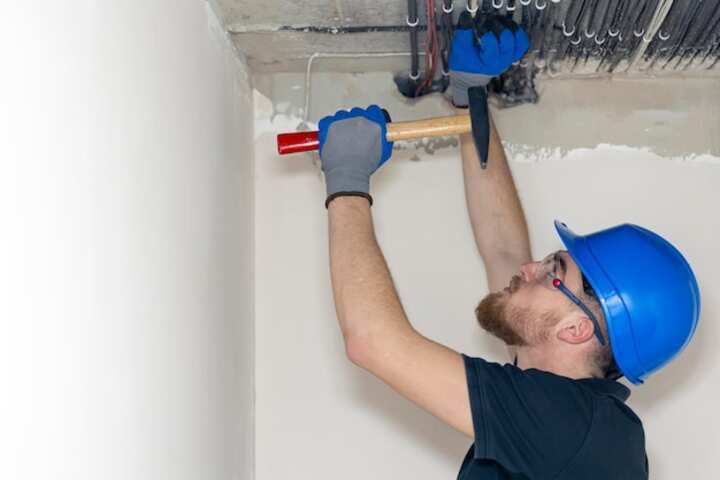
Emergency Water Extraction for Auburn Homes & Businesses
Water damage can strike unexpectedly, causing significant disruption to both homes and businesses in Auburn. Whether due to natural disasters, plumbing failures, or other unforeseen circumstances, water damage requires immediate attention to prevent further harm. Emergency water extraction is a critical first step in mitigating damage and restoring affected areas to their original state. This process not only involves removing standing water but also addressing moisture that has seeped into walls, floors, and other structures. Timely and efficient water extraction can significantly reduce repair costs, prevent mold growth, and ensure a safe environment for occupants.
Understanding the Importance of Emergency Water Extraction
Water damage can lead to severe structural issues if not addressed promptly. Emergency water extraction is essential for the following reasons:
- Prevention of Structural Damage: Prolonged exposure to water can weaken the structural integrity of buildings, leading to costly repairs.
- Mold Prevention: Mold can begin to develop within 24-48 hours following water intrusion. Quick extraction is vital to prevent mold growth, which can pose health risks.
- Minimization of Restoration Costs: The faster water is removed, the less damage will occur, reducing the overall cost of restoration.
- Protection of Personal and Business Assets: Quick action helps safeguard furniture, electronics, and other valuable items from water damage.
Steps Involved in Emergency Water Extraction
Initial Assessment
The first step in emergency water extraction is a thorough assessment of the affected area. This involves identifying the source of the water intrusion, the extent of the damage, and any potential safety hazards. An accurate assessment helps determine the most effective extraction and restoration strategy.
Water Removal
Once the assessment is complete, the next step is the removal of standing water. This is typically done with industrial-grade pumps and vacuums that can handle large volumes of water quickly. Removing standing water is crucial to prevent further absorption into building materials.
Drying and Dehumidification
After the bulk of the water is extracted, the focus shifts to drying and dehumidification. High-powered air movers and dehumidifiers are used to remove remaining moisture from walls, floors, and ceilings. Proper drying is essential to prevent mold growth and ensure the complete restoration of the area. Read more about this topic.
Cleaning and Sanitizing
Water damage often requires thorough cleaning and sanitization to remove any contaminants and ensure a safe environment. This includes cleaning carpets, upholstery, and other affected surfaces. Antimicrobial treatments may be applied to prevent mold and bacteria growth. Learn more in this detailed guide.
Restoration and Repairs
The final step in the process involves restoring and repairing damaged areas. This may include replacing drywall, flooring, or other building materials. The goal is to return the property to its pre-damage condition, ensuring both functionality and aesthetics are restored. Explore further insights here.
Key Considerations for Auburn Residents
Residents and business owners in Auburn should keep several considerations in mind when dealing with water damage:
- Insurance Coverage: Review insurance policies to understand coverage options for water damage and necessary documentation for claims.
- Professional Assistance: Engaging professionals with the right equipment and expertise is crucial for effective water extraction and restoration.
- Emergency Preparedness: Having a plan in place for potential water damage emergencies can minimize downtime and expedite recovery.
By understanding the importance of immediate action and the steps involved in emergency water extraction, Auburn residents can better protect their homes and businesses from the detrimental effects of water damage. Find additional information here.